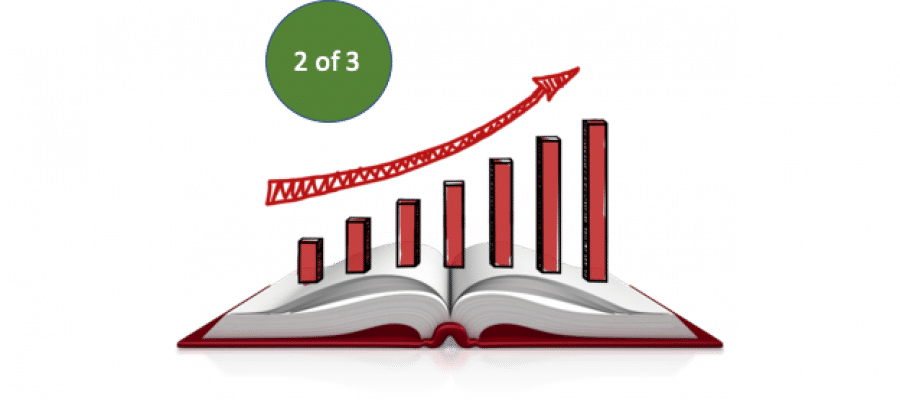Important elements of Product Economics – Episode 2 of 3

What is Product Economics?
Product economics are models for production, competitive advantage and consumer behaviour that are applicable to product marketing. This includes product differentiation, relative advantage and pricing theory that is useful in developing and marketing products. Products here mean products and services that solve real-world customer and user problems.
In the first episode, I discussed few elements of Product Economics along with real-world examples where they are applied. Here are some more elements.
Few elements of Product Economics:
Dematerialization:
Definition:
Describes the tendency for economic output to require less materials with time. Reduces economic shocks due to commodity price fluctuations. Also, an environmental advantage because less usage of materials usually causes lesser pollution of the environment.
Example:
- Shift from paper to electronic data.
- The phase out of fossil fuels and move towards solar energy.
- Digital music distribution systems, car clubs, bike hire schemes and laundry services etc can be examples of dematerialization.
Economies of Scale:
Definition:
Economies of Scale (EOS) can simply be defined as the cost advantages that a company acquires due to its scale of production. It is mainly measured by the amount of output produced. The main advantage of this is the cost per unit output decreases while the scale increases which can be very beneficial to the company. Starters should note the ability that they should invest in a better customer value proposition to reduce the costs as much as possible.
Example:
- Netflix is one of the best examples. Netflix was found in 1997. In the early/mid 2000's Netflix invested in Netflix box. In the upcoming years, it started to stream videos and finally in 2010 Netflix went global. This was because it gradually increased its scale of production to reduce costs and evolve as a company with more product offerings.
- To produce tap water, water companies had to invest in a huge network of water pipes stretching throughout the country. The fixed cost of this investment is very high. However, since they distribute water to over 25 million households, it brings the average cost down.
Failure Demand:
Definition:
It can be termed as the additional demands put up by the customers due to the organization's failures when the organization tries to do something right. This is very rare in the case of large-scale businesses. This is not favorable to the companies, but it invites challenge to the companies hence making them function better next time.
Example:
- A telecom company has a failure prone process for cancelling accounts. It may lead to increase in customer retention as customers are unable to cancel their services.
- Sales of parts for a machine or vehicle that have high maintenance.
First Mover Advantage:
Definition:
First Mover advantage is the advantage enjoyed by the first firm in a new market. It is a monopoly-like advantage that includes high market share and pricing power. It remains temporary if the first firm is unable to defend this position and power but in various cases, it's helpful.
Example:
- Uber was a first mover and developed ride-hailing in city after city at a great cost. However, the number of cities where Uber would be the first to operate a ride-hailing service diminishes every day, because of other entrants into this market space.
- A prime example of a successful first mover is Coca-Cola, or Coke. Coke was invented in 1896 by John S. Pemberton. When Caleb Bradham invented Pepsi-Cola thirteen years later, Coke was already selling a million gallons per year. For over a hundred years, Pepsi has been trying to play catch-up in the cola beverage market, but first mover Coca-Cola continues to dominate the market. In 2014, the Coca-Cola brand was valued at $79 billion dollars.
Market Position:
Definition:
Market position refers to the customer's perception of a brand or product in relation with the others. Market positioning includes the process by which a company establishes the image or identity of a product so that the customers perceive it in that way. Market positioning of a brand or product must be maintained over the life of the brand or product. Doing this requires ongoing marketing initiatives intended to reinforce the target market's perceptions of the product or brand.
Example:
- A car maker might position their product as a luxury status symbol.
- A battery maker might position their products as the one who has the most reliable and long-lasting battery.
- A restaurant may position itself as a brand that provides low-cost and standardized meals.
- Coco-Cola positions itself as a brand bringing happiness to many.
More episodes coming up
References:
- Definitions from www.Simplicable.com
- www.Wikipedia.com



